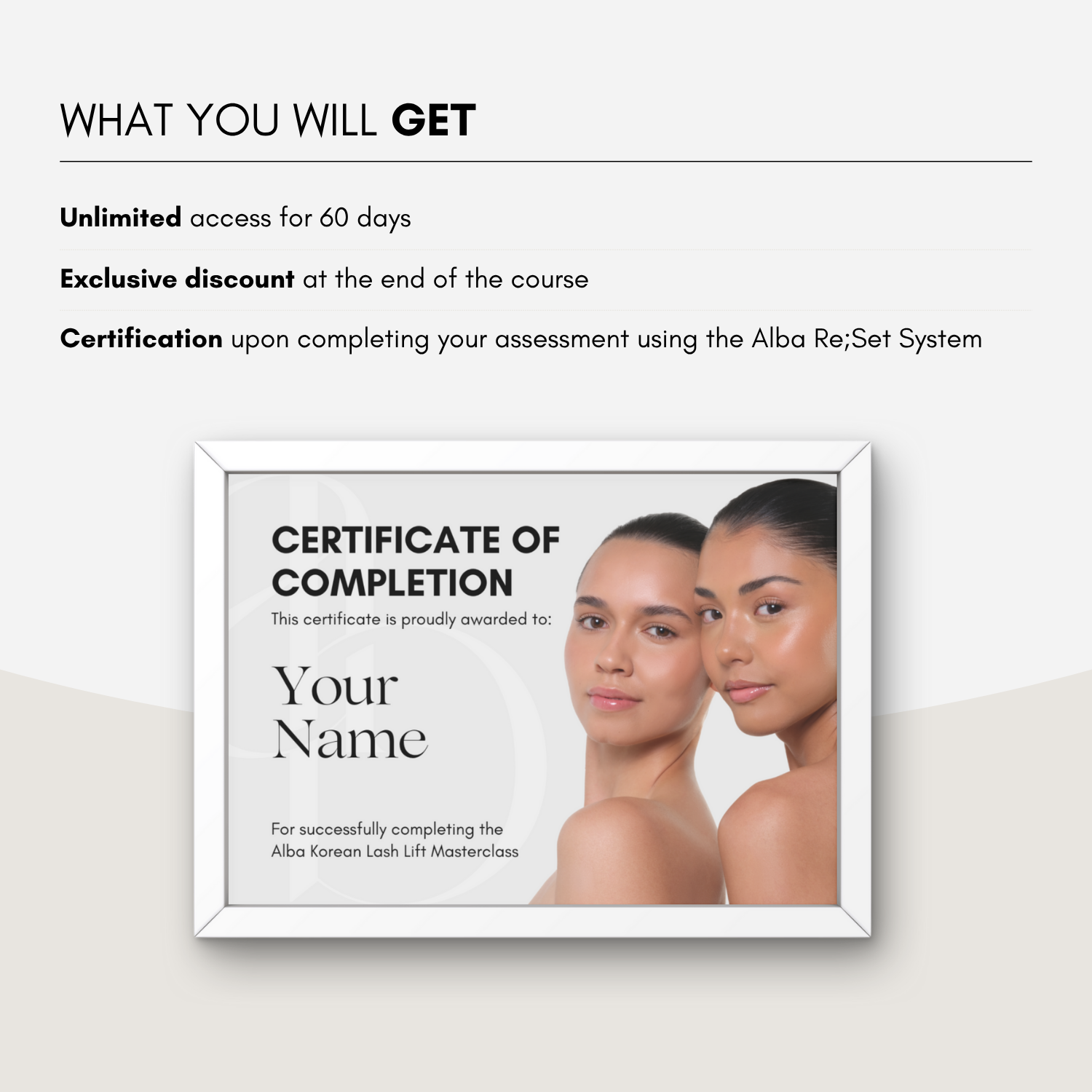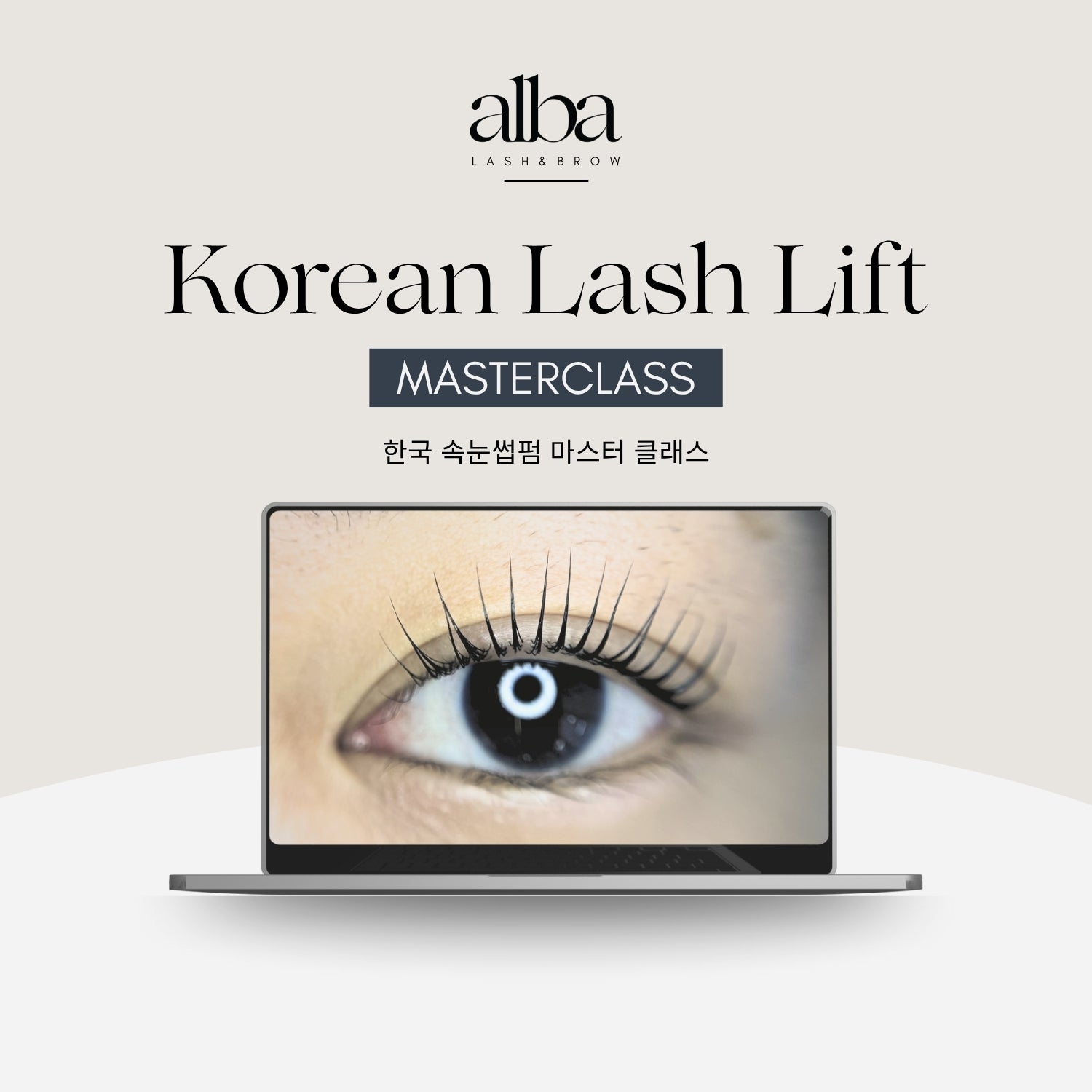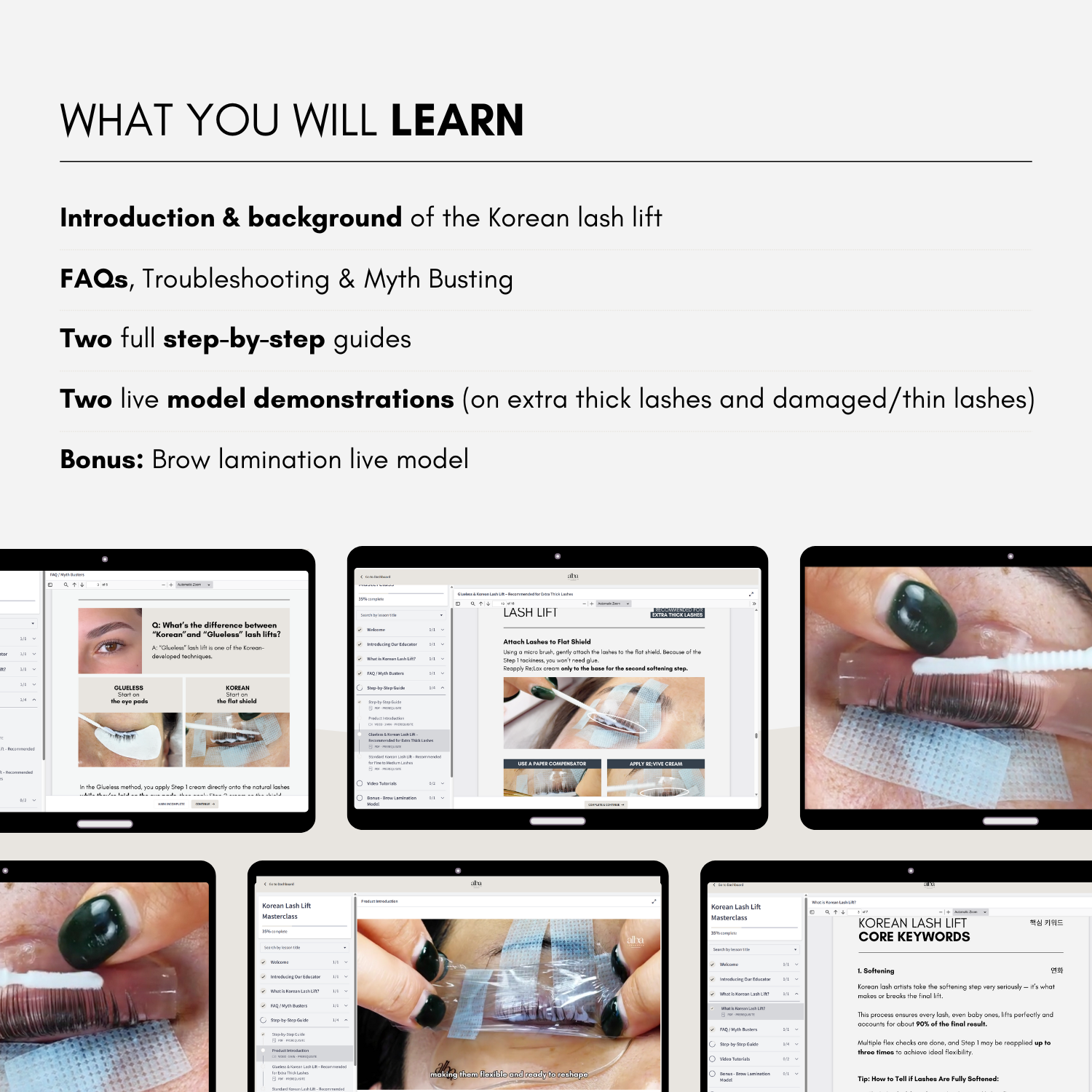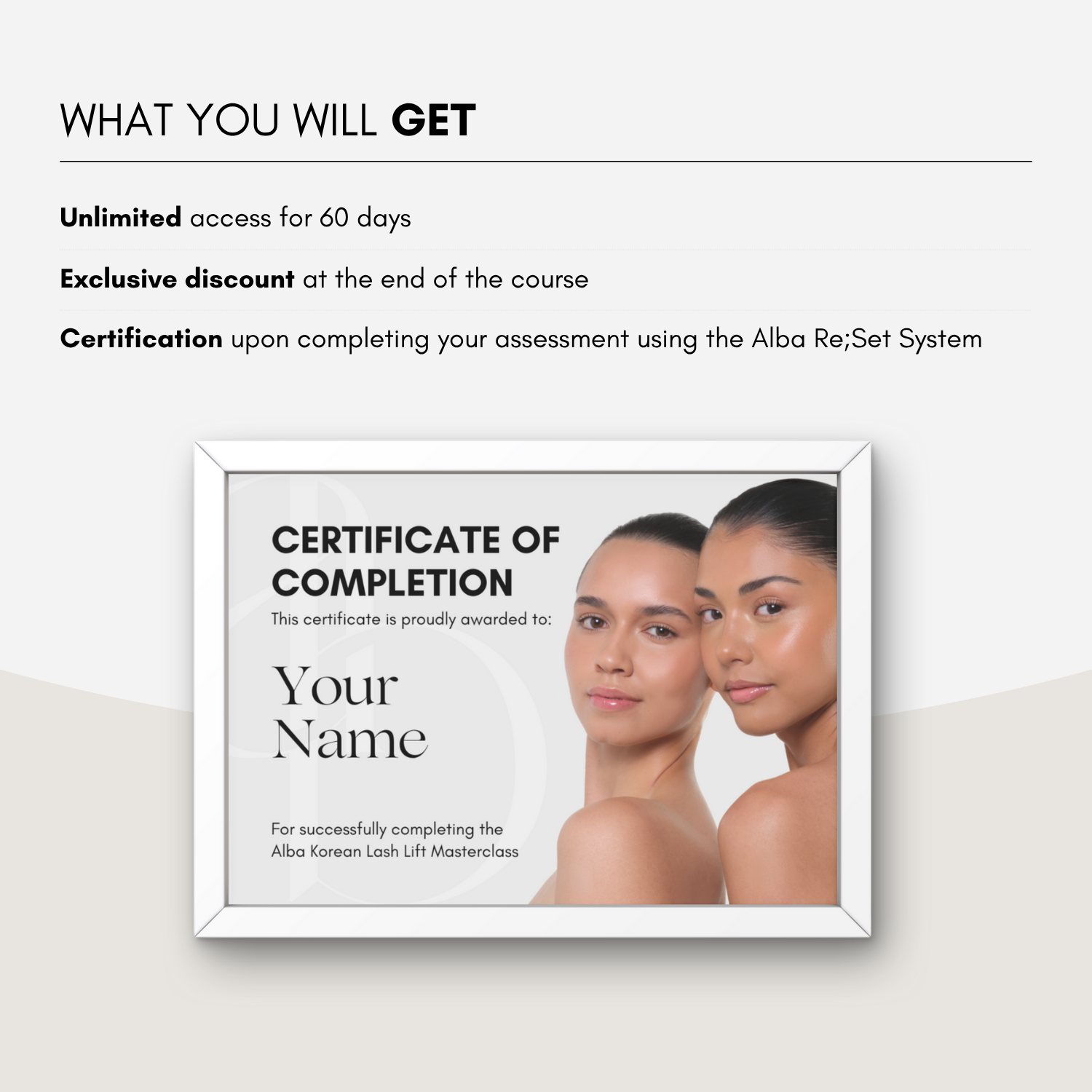5 minute read
KEY TAKEAWAYS
- Allergies involve an immune response, often caused by ingredients like cyanoacrylate, carbon black, lash tape, or eye pads, with symptoms such as redness, swelling, and itching that may worsen over time.
- Irritations are milder and temporary, typically triggered by glue fumes or poorly placed eye pads, and usually ease off within a few hours.
- Prevention starts with good technique and product choices – Ensure eyes are fully closed, use low-fume glues, apply pads/tape with care, and always check in with first-time clients.
- Support comfort with smart aftercare tools – Use a Superbonder, nano mister, or lash fan, keep your lash room ventilated, and recommend removing contact lenses during appointments.

Have clients ever contacted you about discomfort symptoms such as redness, puffy eyes, or irritation after getting their lashes done? What could have happened? Was it an allergy or something else that happened during the appointment? In this article, we’ll discuss what causes allergic reactions and irritations. As a professional lash artist, knowing the difference between the two and how to prevent them is essential to clients coming back to you for those gorgeous lashes.
Allergic Reaction vs. Irritation – What are the differences and how do we prevent them?

Lash Extension Allergies (to cyanoacrylate, carbon black, lash tape, or eye pads)
An allergy is an immune reaction. When something foreign touches the skin, the body fights back with antibodies and histamines, leading to symptoms like redness, itching, swelling, and puffiness. These can show up within 24-48 hours and may worsen over time.
Common culprits for allergies include:
Cyanoacrylate – the main and very essential ingredient in most eyelash extension adhesives.
Carbon black - the pigment used to make the glues appear black. If someone is allergic to this, and not cyanoacrylate, you can try switching your glue to a clear glue that has no pigment. If the client still experiences allergic reactions, we strongly recommend advising them to stop getting lash extensions, as the symptoms will only worsen over time. If you offer a lash lift, you may suggest they try that instead of lash extensions.
Lash tape or eye pads – if clients are allergic to certain ingredients in these, it may cause the allergy as well. In this case, you can switch to different types of lash tape, stop using eye pads, and only use tapes instead.

Lash Extension Irritations
Reasons for irritation might include:
Glue fumes - red, bloodshot eyes could have been caused by glue fumes, especially if your client’s eyes didn’t fully close or they were excessively chatting during the service. Always use a lash mirror to check if your clients’ eyes are fully closed. For those with super sensitive eyes, consider using glues with a lower fume level, such as Lash Jungle’s Smart Adhesive.
Eye pads - if you see just the bottom part of the eyeball looking red, the eye pads might have been placed too close to the eye, scratching and irritating the client’s eye. We recommend always having a little bit of a gap, instead of placing them right underneath the waterline and covering the rest of the lashes using lash tapes. Have the clients stay still and be silent during the appointment to prevent this.
Additional Tips to Reduce Client Discomfort

By mastering the ins and outs of allergies and irritations, you’re all set to provide a safer, more comfortable experience. Your clients’ eyes—and their trust—are in good hands!
Please note that these blog articles are for general advice only and not written by medical professionals. For any symptoms, we recommend consulting with medical professionals first.










